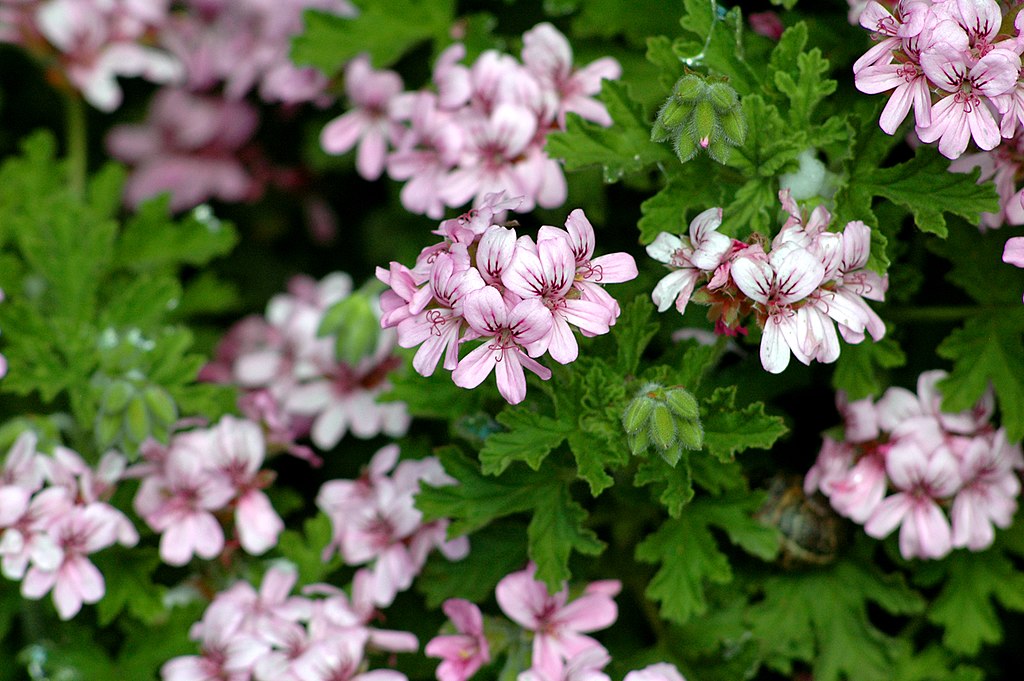The supplier of
Pelargonium
Afrika Botanicals is a leading and established brand focusing on the supply of Pelargonium.
We proudly offer our Pelargonium to companies and entrepreneurs looking for alternative cosmetic oils in their production processes.
About the
Pelargonium
South Africa, a crucial hub for the pelargonium genus, is home to over 200 of the estimated 280 species. Many well-known and economically significant pelargonium species originated from South Africa’s Cape Floristic Region, a biodiversity hotspot. The rose-scented pelargonium (P. graveolens), widely cultivated for its essential oil, and the medicinal P. sidoides used to extract EPs®7630 hail from this region. Other notable South African species include the lemon-scented P. crispum, the pungent-smelling P. vitifolium used in traditional remedies, and ornamental varieties like P. peltatum with its striking ivy-shaped leaves. However, it’s disheartening to note that some South African pelargonium species are under threat due to habitat loss and plant population declines. This is where our collective conservation efforts come into play, aiming to protect this diverse botanical heritage. Afrika Botanicals will only support the sale of pelargonium species which are not threatened.
Using Pelargonium
Pelargonium’s fragrant leaves can be crushed and inhaled or used to make teas and tinctures. Essential oils from the flowers and foliage are extracted through steam distillation for topical and aromatherapy applications. Pelargonium essential oils may be diluted with carrier oils for massage, diffused, or added to bath water. Gardeners can grow pelargonium plants outdoors in warm climates or as indoor potted plants in cooler areas.
References:
[1] Ċavar Zeljković, S., & Jelenić Ašanin, R. (2022). An Update on Pelargonium Bioactive Compounds Review. Plants, 11(7), 933.
[2] Lalli, J. Y., van Vuuren, S. F., van Zyl, R. L., Viljoen, A. M., & Remize, F. (2020). A review on the therapeutic potential of Pelargonium sidoides root extracts: Antimicrobial studies. South African Journal of Botany, 129, 76-84.
[3] Ćavar Zeljković, S., & Jelenić Ašanin, R. (2022). An Update on Pelargonium Bioactive Compounds Review. Plants, 11(7), 933.
[4] van der Walt, C., van Wyk, B. E., Beynen, P. C., & Katerere, D. R. (2016). The biological and phytochemical activity of pelargonium species. South African Journal of Botany, 104, 124-143.
Links:
https://www.herbs.org/herbs/pelargonium
https://extension.missouri.edu/publications/g6821
https://www.ncbi.nlm.nih.gov/pmc/articles/PMC7230758
https://www.anniesremedy.com/herb_detail.php?herb_name_id=133
https://www.herbsociety.org.uk/herapy/pelargonium.htm

